Considerations for Preparation Design and Facial Margin Placement: Part I
By Frank Spear on February 29, 2016 |Anytime an indirect restoration is being used with a margin that extends across the facial or buccal surface of a tooth, a decision must be made about where to place the margin.
Three options exist:
1. Supragingival, varying from a few tenths of a millimeter above the gingiva to several millimeters above the gingiva.


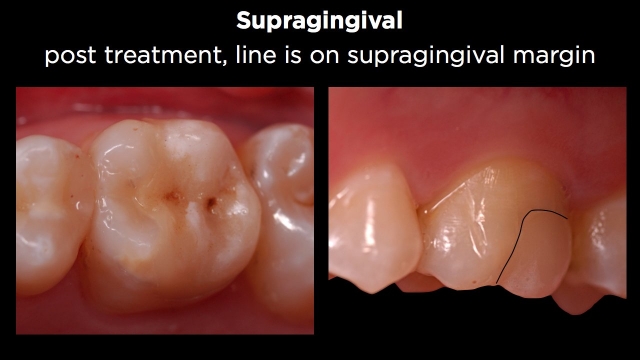
2. Equigingival, the margin is even with the facial gingival crest.
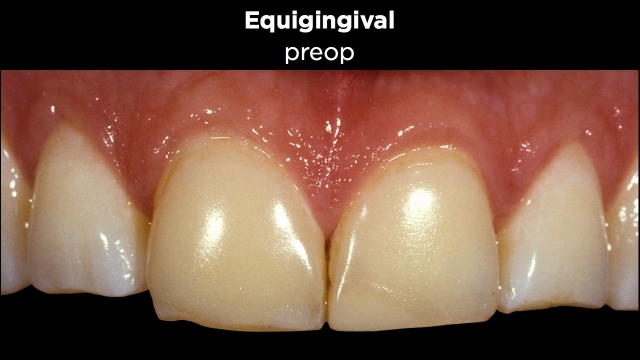

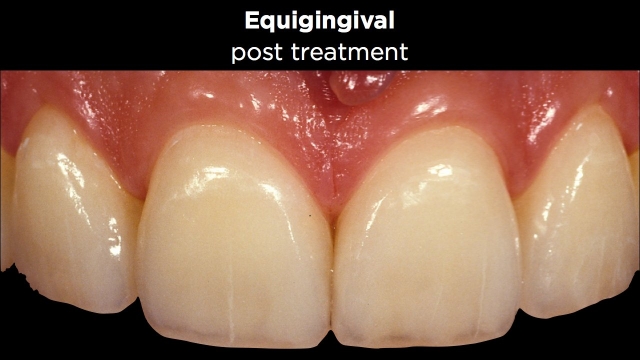
3. Subgingival, the margin is apical to the gingival crest.
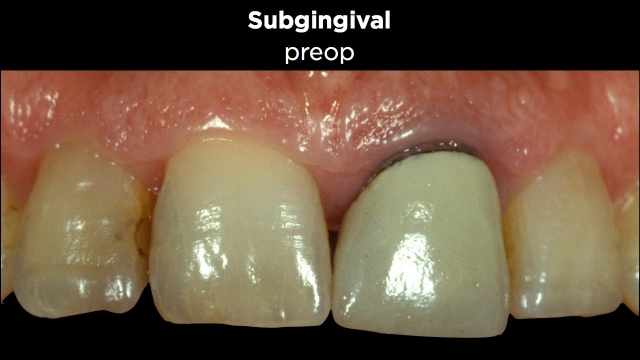

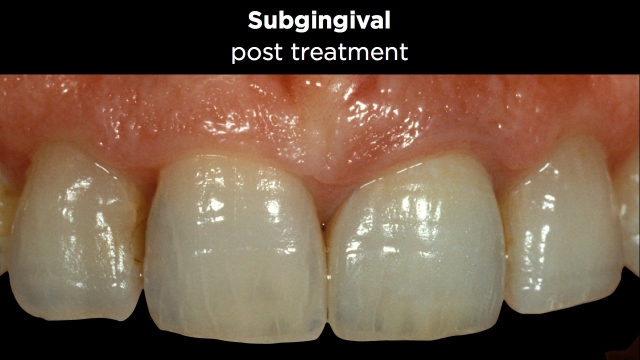
Several areas must be evaluated in making the final decision prior to completing the preparation:
1. The esthetic demands of the patient.
2. The position of the tooth in the arch, anterior vs posterior.
3. The presence of cervical erosion, caries, or existing facial class V restorations – will they be included in the new restoration or treated separately?
4. The presence of facial recession.
5. Are there retention and resistance requirements that will require extending the preparation apically to gain more tooth structure?
6. Is the existing tooth color acceptable, or is the tooth too dark?
7. Is the tooth part of a multiple unit esthetic restoration? If so what are the margin position and color requirements of the adjacent teeth?
8. Is there a desire to close an interproximal embrasure (black space), which will require subgingival interproximal margins?
9. What are the thickness requirements of the restorative material being used? What is its relative translucency or the opacity of the material at different thicknesses?
10. How is the restoration going to be luted – with a resin modified glass ionomer cement or adhesively bonded? What is the relative translucency/opacity of the luting agent?
The purpose of this series of articles will be to go through example cases to illustrate all of the different possibilities and present a rationale for why the prep design and margin position was chosen for each of the different cases presented.
(Click this link for more clinical articles from Dr. Frank Spear.)